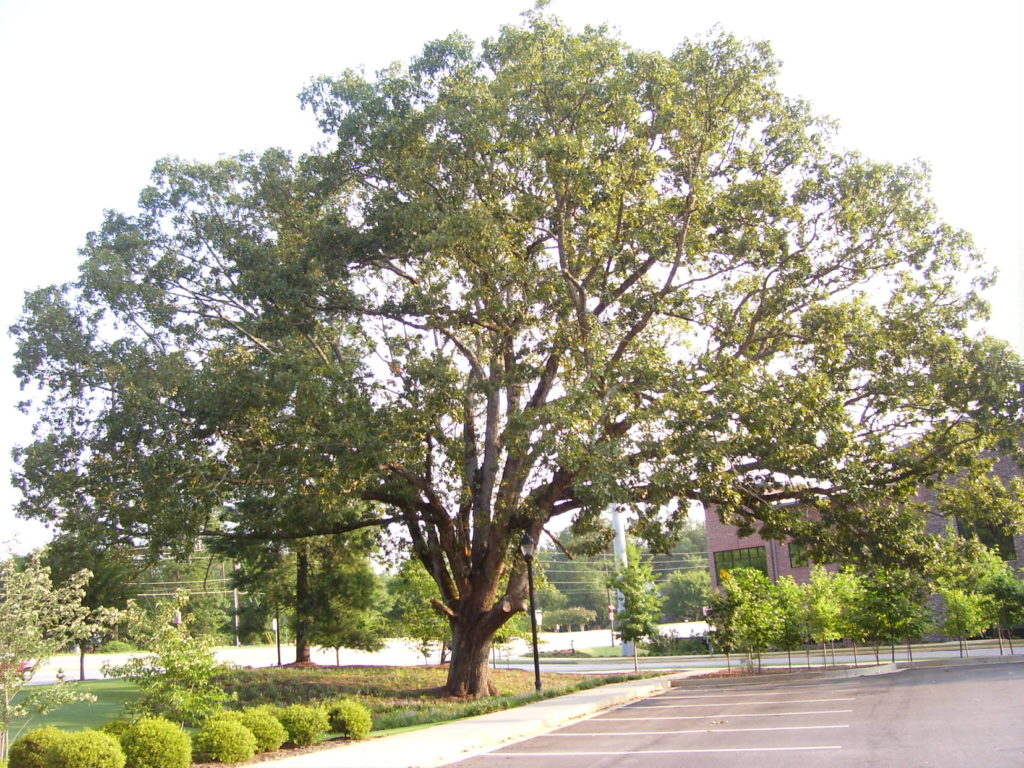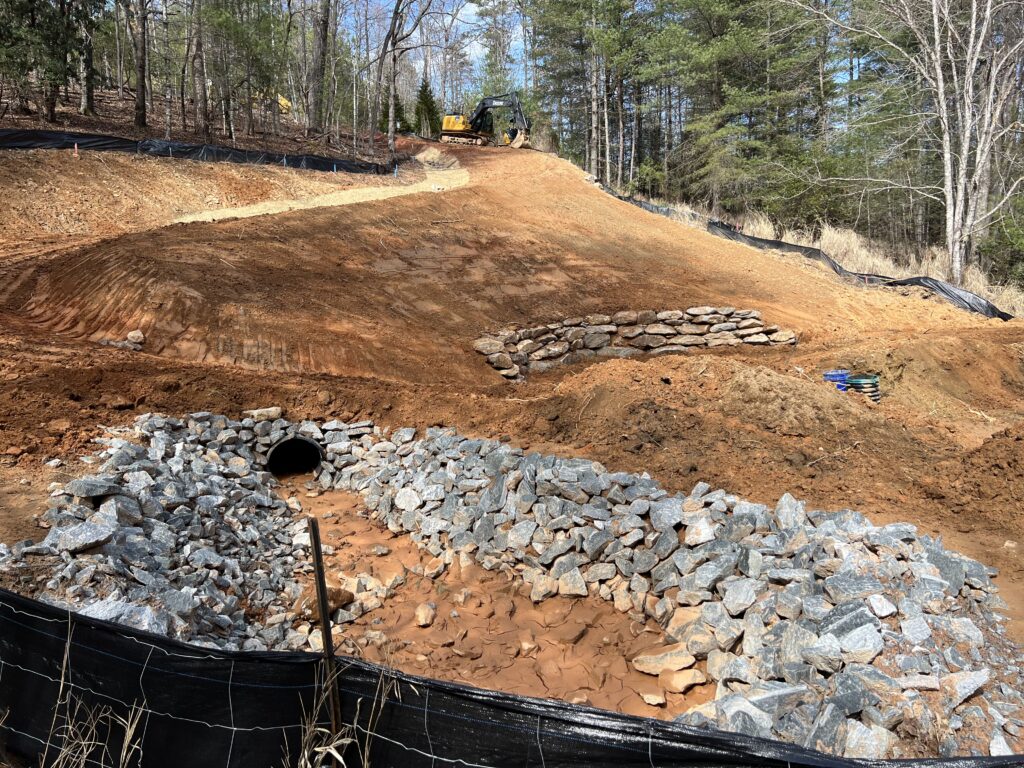Plant Health Alert – Construction Damage Kills Trees
go.ncsu.edu/readext?447855
en Español / em Português
El inglés es el idioma de control de esta página. En la medida en que haya algún conflicto entre la traducción al inglés y la traducción, el inglés prevalece.
Al hacer clic en el enlace de traducción se activa un servicio de traducción gratuito para convertir la página al español. Al igual que con cualquier traducción por Internet, la conversión no es sensible al contexto y puede que no traduzca el texto en su significado original. NC State Extension no garantiza la exactitud del texto traducido. Por favor, tenga en cuenta que algunas aplicaciones y/o servicios pueden no funcionar como se espera cuando se traducen.
Português
Inglês é o idioma de controle desta página. Na medida que haja algum conflito entre o texto original em Inglês e a tradução, o Inglês prevalece.
Ao clicar no link de tradução, um serviço gratuito de tradução será ativado para converter a página para o Português. Como em qualquer tradução pela internet, a conversão não é sensivel ao contexto e pode não ocorrer a tradução para o significado orginal. O serviço de Extensão da Carolina do Norte (NC State Extension) não garante a exatidão do texto traduzido. Por favor, observe que algumas funções ou serviços podem não funcionar como esperado após a tradução.
English
English is the controlling language of this page. To the extent there is any conflict between the English text and the translation, English controls.
Clicking on the translation link activates a free translation service to convert the page to Spanish. As with any Internet translation, the conversion is not context-sensitive and may not translate the text to its original meaning. NC State Extension does not guarantee the accuracy of the translated text. Please note that some applications and/or services may not function as expected when translated.
Collapse ▲
This tree was damaged during construction. The site was a former farm. A majority of the root system was removed to grade for the parking lot and sidewalk. The tree fell into the parking lot a few weeks after this image was taken.
Moving into a brand new home can be one of the most fulfilling moments in a person’s life. Knowing that you’re the first person to inhabit a house and that it was your vision that brought the home into existence is an important part of the home building experience. Most people who build their own home – or pay someone else to do so – choose the lot carefully. Often, the single most important selling point for a particular lot is the trees on the property prior to building on it.
Trees Are An Asset
Mature trees are assets to property owners because they add monetary value to the property and abstract values like shade, a sense of space, landscape architectural elements, and natural beauty. Unfortunately, problems can develop because many trees respond poorly to the stresses caused by construction. These stresses can eventually cause the trees to die, and removal is financially and aesthetically costly.

Construction Damage
Construction damage is a term used by arborists and tree assessment experts to describe injury and stress caused by human activity near trees. This activity can be caused by heavy machinery compacting soil, grading equipment damaging roots, burying the root collar (the junction between the roots and the stem) with fill dirt, physical abrasion caused by equipment rubbing or scraping a tree and creating a wound, and chemical damage caused by vehicle exhaust, paints, or oils. No matter the cause, construction damage eventually leads to a decline in tree health. If the tree declines and dies, the new homeowner may be stuck with the costs of removing the tree.
Some homes have a property warranty that covers trees for the first two years. Check your contract to see if you have a warranty and if trees are covered. Otherwise, you may have to foot the bill for removal of construction-damaged trees.
Have Your Trees Assessed BEFORE Designing the Build Site
Before approaching the builder about removing a tree, hire a certified arborist or forester to assess the damage. In some cases, construction damage can be mitigated through cultural practices, and proper fertility, pruning, mulching, and irrigation can stabilize a tree’s health. Trees can never be brought back to their original state, but they can sometimes be maintained indefinitely. Consult with your local County Agent or certified arborist to determine whether a tree can be stabilized through cultural practices.
Protect Trees and Their Critical Root Zones
Of course, the best way to avoid construction damage is for the builder to protect the trees. If you are having a home built, stake out a large area around the trees you want to save to prevent vehicles and equipment from getting near them. All the area within the ‘dripline’ (the area from the outer edge of the canopy to the trunk) should be left undisturbed. If you can protect farther out than the drip line, by all means, do so. A rule of thumb is to protect the area within 30′ of the tree trunk of mature trees.

Trees in decline will exhibit thinning canopies. You should not be able to see so much sky through the canopy of this tree.
Root disturbance should take place no closer than 5.5 x the diameter at breast height (DBH) of the tree. DBH is the distance through the tree and is measured at 4 feet above the ground. For instance, the root zone of a 48 inch DBH tree should be protected out to 22 feet away from the trunk
Inspect Trees Before Taking Ownership
Before you move in, inspect all the trees on the lot for damage. Inspect trunks for missing bark, the root crown for signs of piled up soil, and the canopy (branches and leaves) for browning leaves which can signal that the tree is dying. If the builder graded (moved soil) near the tree, you can bet there is some root damage. This may be your only chance to negotiate some compensation for the tree damage.
Construction Damage Can Kill Trees
A tree will lose an equivalent amount of canopy to the amount of root loss. If you lose 50% of the roots due to construction then 50% of the canopy will die. ‘Decline’ is a term used to describe the gradual loss of tree vigor and tree health which can lead to eventual tree death. A tree sent into ‘Decline’ is salvageable up to a point but is not salvageable once it passes a certain point.
Mitigating Construction Damage
For any large damaged or declining landscape trees there are a few things you can do to possibly halt health decline. Large trees should be watered if they are missing roots so irrigate during dry weather. Next fertilize with 5-10-15 fertilizer in spring and fall. Use 1 pound of fertilizer per inch of trunk diameter spread across the root zone. Finally prune any dead wood that appears in the canopy.






